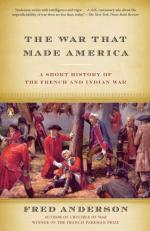|
This section contains 594 words (approx. 2 pages at 300 words per page) |

|
Decades of war with France in the mid eighteenth century left Boston with a large population of widows and refugees and a permanent class of poor residents. Children of the indigent were "bound out" as apprentices. This was thought to be a good way of removing poor children from the relief rolls and reintegrating them into society. The city fathers of Boston were also troubled by the armies of transient poor that tramped from town to town seeking relief at the almshouses. Boston authorities established a practice of "warning out" transients—that is, publicly declaring them ineligible for poor relief. The city rejected thousands in the 1750s during the French and Indian War, when refugees from war zones swelled the ranks of the transient poor. In addition job seekers from Massachusetts villages and towns appeared in increasing numbers in Boston. Warned...
|
This section contains 594 words (approx. 2 pages at 300 words per page) |

|




